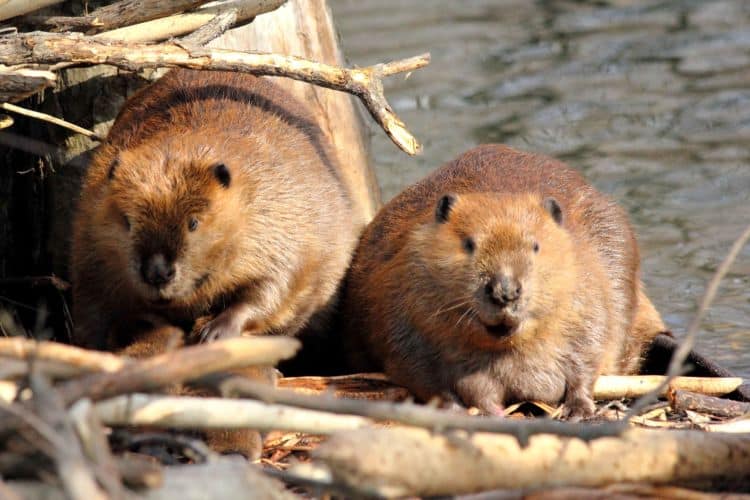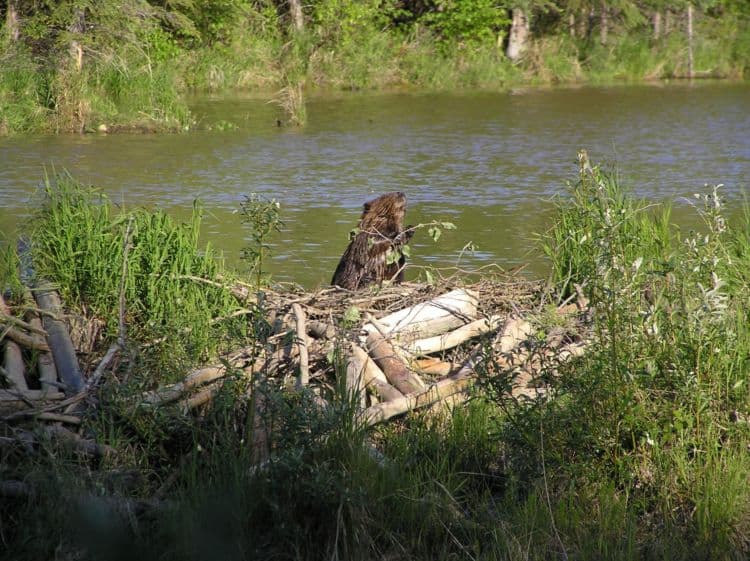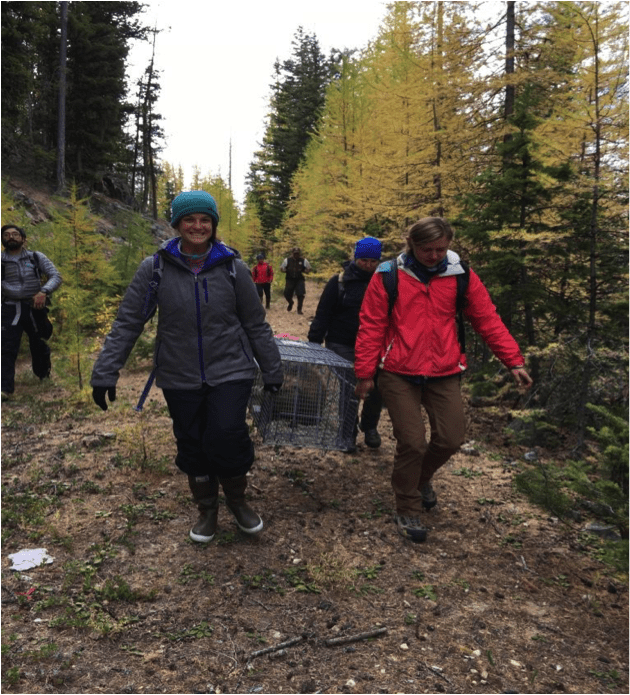
The Misunderstood Ecosystem Engineers
This Naturalist Note is written by graduate student Kira Taylor-Hoar, as part of the Fall Natural History Project in North Cascades Institute’s Graduate M.Ed Program coursework. You can view other students’ work here.
Growing up in Florida, I never encountered Beavers. Having never seen one, the main thing I knew about them was that they were a ‘nuisance,’ that they flooded areas people were living in, often destroying their homes or properties. I don’t remember exactly where this information came from, but it is how I associated Beaver until the Natural History Field Course this quarter.
Our cohort took a field trip to a broad valley, nestled between hills and slightly forested, next to a burned area. Here we were to look for specific environmental aspects that would lead us to believe it a right spot for Beaver relocation. The first necessity is the presence of flowing water in the area. Next, there must be available food sources. Beavers prefer aspen, poplars, and willow, and need there to be a good percentage of these trees near the water. The valley didn’t have much running water, just a trickle, and the preferred foods were not abundant. As we explored, we found the presence of Beaver-downed trees, and some came across an abandoned lodge and dam. One thing that will exclude an area from Beaver reintroduction is cattle, and it was apparent that livestock heavily used this area. Downtrodden, we left this sight knowing that it would not be the right spot to reintroduce our large rodent friends.

But why do we want to reintroduce the beavers in the first place? Aren’t they just big nuisance rodents? This field trip I learned just how good beavers are for the environment. Beavers make wetlands. Wetlands are Earth’s most productive ecosystem. Their diverse web of biotic and abiotic interactions creates an environment that produces more food for more species than any other landscape. They also provide essential ecosystem services like flood protection, water purification, erosion control and many others (EPA, 2017). So the question is not so much why reintroduce them, but why not?

The next site we visited to was a spot they introduced Beavers the previous year and offered much higher hopes. We walked a couple of miles towards this valley via the trail, then had to bushwhack the last quarter mile to the site. It was evident that we’d reached it because thick clumps of willow covered the edge of the flat valley. We found our way to the water through a maze of willow tunnels, like tiny roadways. Adjacent to the slow flowing stream, the vegetation opened up, and we saw the entirety of the surrounding habitat. Besides the willows, coniferous trees were rimming the valley, with some aspen and poplars close to the water source. The stream was winding and had deep, clear water.
Following the winding path of water we split up, and our findings were fruitful. There were fresh Beaver signs, newly chewed willow branches, seven dams along the football field length stretch of valley, and seemingly endless burrows in the banks of the stream. Everything was bright in autumn golden hues, the little valley was alive, despite the 70 days of no rain.

Where, then, did I get the idea that they were a nuisance? According to Methow Valley Beaver Project and met Education and Outreach Director Julie Nelson, “Beavers like the same places we [humans] do, valley bottoms with slow-moving water.” So is it that humans have bad-mouthed the beaver name to get what they want? To take over desired territories? It was in these Methow Watersheds that I first began to realize the depth of error in my understanding. Beavers are not nuisances at all…they are an ecological pioneer and keystone species. We should be honoring the work they do for our habitats instead of trapping them and chasing them from their homes.
Which is exactly what the Methow Valley Beaver Project is doing. This organization prefers to talk with landowners complaining of beavers on their lands to tell them about the amazing benefits of beaver inhabitation. It works 90% of the time. This way, the beavers can stay in their chosen home rather than the organization having to trap and move them (Nelson, 2017). It brought me peace knowing that there are people out there educating the public about these misunderstood ecosystem engineers and bringing them back to where they belong.


I love this sentence “Humans have bad-mouthed the beaver name to get what they want.”
Good job.